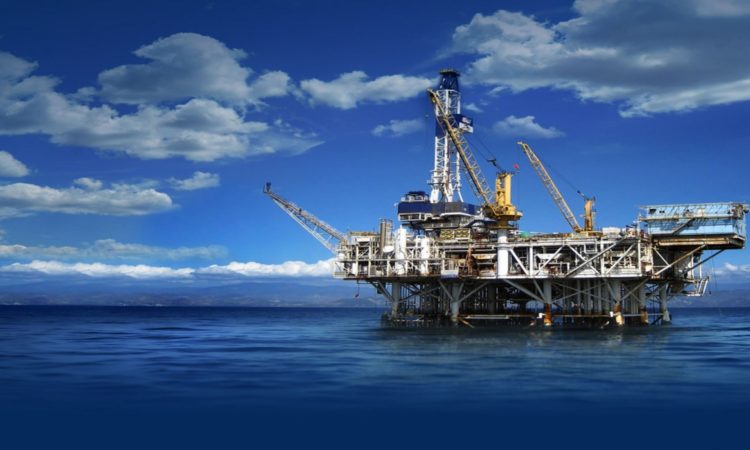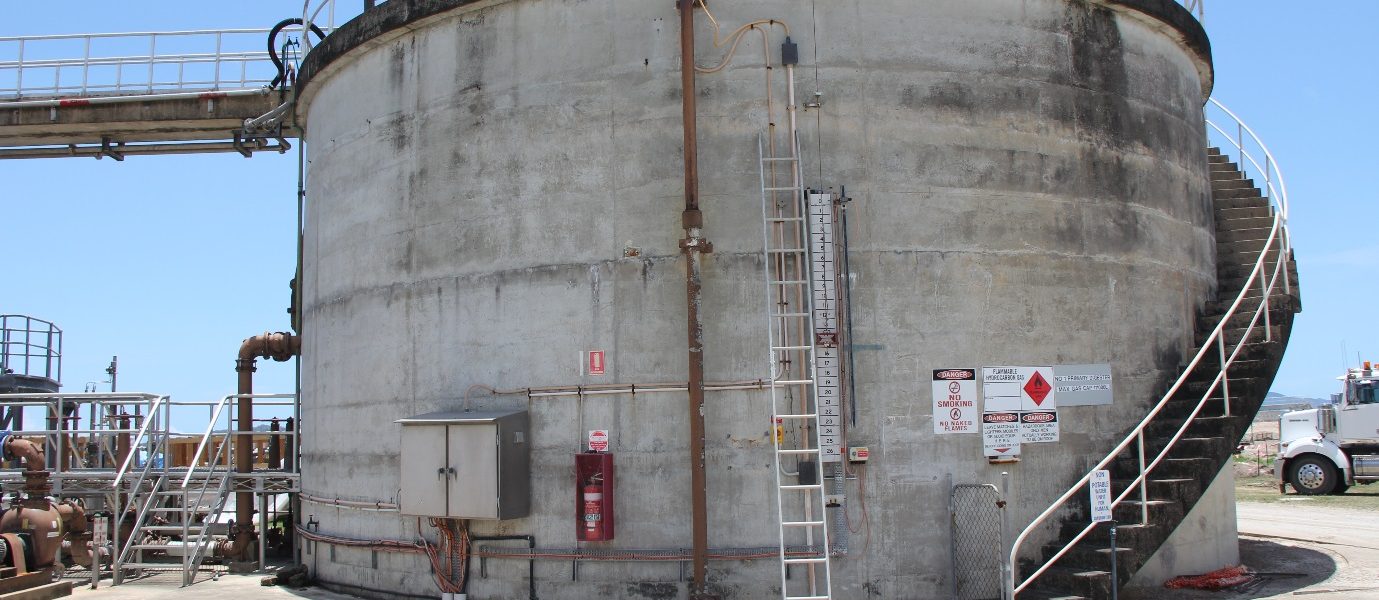The Main Principles Of Roar Solutions
The Main Principles Of Roar Solutions
Blog Article
More About Roar Solutions
Table of Contents9 Simple Techniques For Roar SolutionsFacts About Roar Solutions RevealedSee This Report on Roar Solutions
In such an ambience a fire or explosion is feasible when 3 fundamental problems are satisfied. This is frequently described as the "harmful location" or "combustion" triangular. In order to secure setups from a prospective explosion an approach of evaluating and categorizing a possibly unsafe area is called for. The function of this is to make certain the appropriate selection and installment of equipment to inevitably protect against an explosion and to ensure safety of life.
(https://www.indiegogo.com/individuals/38463782)
No equipment must be installed where the surface temperature of the devices is above the ignition temperature level of the offered danger. Below are some usual dust dangerous and their minimum ignition temperature. Coal Dirt 380C 225C Polythene 420C (melts) Methyl Cellulose 420C 320C Starch 460C 435C Flour 490C 340C Sugar 490C 460C Grain Dirt 510C 300C Phenolic Resin 530C > 450C Aluminium 590C > 450C PVC 700C > 450C Residue 810C 570C The likelihood of the hazard being present in a concentration high adequate to create an ignition will certainly differ from place to place.
In order to identify this threat an installation is separated right into locations of threat relying on the amount of time the unsafe exists. These locations are described as Zones. For gases and vapours and dirts and fibers there are three areas. Area 0 Zone 20 A hazardous atmosphere is very most likely to be existing and might be existing for long durations of time (> 1000 hours each year) and even continually Area 1 Zone 21 An unsafe environment is possible however unlikely to be existing for long periods of time (> 10 450 C [842 F] A category of T6 suggests the minimum ignition temperature is > 85 C [185 F] Unsafe area electric devices possibly created for use in greater ambient temperatures. This would certainly suggested on the rating plate e.g. EExe II C T3 Ta + 60C( This means at 60C ambient T3 will not be exceeded) T1 T1, T2, T3, T4, T5, T6 T2 T2, T3, T4, T5, T6 T3 T3, T4, T5, T6 T4 T4, T5, T6 T5 T5, T6 T6 T6 A T Class ranking of T1 means the optimum surface temperature produced by the instrument at 40 C is 450 C. Presuming the connected T Course and Temperature level rating for the equipment are suitable for the area, you can constantly utilize a tool with a much more rigid Division ranking than required for the area. There isn't a clear response to this question unfortunately. It really does depend on the kind of devices and what fixings require to be performed. Equipment with specific test procedures that can not be carried out in the area in order to achieve/maintain 3rd party score. Have to return to the factory if it is prior to the devices's solution. Area Repair Work By Authorised Employee: Complex testing might not be required nevertheless details treatments may need to be adhered to in order for the tools to preserve its 3rd celebration rating. Authorized employees should be used to execute the work correctly Repair work need to be a like for like substitute. New element need to be considered as a direct replacement requiring no special testing of the equipment after the repair work is full. Each tool with a harmful rating ought to be evaluated independently. These are detailed at a high level below, however for more detailed info, please refer directly to the guidelines.
The Of Roar Solutions
The devices register is an extensive data source of equipment documents that includes a minimum collection of fields to identify each item's location, technological specifications, Ex lover category, age, and environmental information. The ratio of Thorough to Close inspections will certainly be established by the Equipment Danger, which is examined based on ignition risk (the probability of a resource of ignition versus the chance of a combustible ambience )and the hazardous location classification
( Zone 0, 1, or 2). Implementing a robust Risk-Based Examination( RBI )strategy is crucial for making certain conformity and security in taking care of Electrical Devices in Hazardous Locations( EEHA).
See This Report on Roar Solutions

In terms of eruptive risk, a dangerous area is a setting in which an explosive environment is present (or may be expected to be present) in amounts that require special preventative measures for the construction, installation and use devices. eeha training. In this post we check out the difficulties dealt with in the work environment, the danger control measures, and the called for competencies to work safely
It issues of modern-day life that we manufacture, save or take care of an array of gases or liquids that are considered combustible, and a series of dirts that are deemed flammable. These compounds can, in particular problems, develop eruptive atmospheres and these can have significant and heartbreaking consequences. The majority of us know with the fire triangle eliminate any one of the 3 components and the fire can not happen, yet what does this mean in the context of dangerous locations? When breaking this down right into its simplest terms it is basically: a combination of a specific quantity of release or leak of a specific compound or product, blending with ambient oxygen, and the presence of a source of ignition.
In most instances, we can do little regarding the levels of oxygen airborne, but we can have substantial influence on sources of ignition, for instance electric equipment. Dangerous locations are recorded on the unsafe location category drawing and are recognized on-site by the triangular "EX-SPOUSE" indicator. Below, among various other vital details, areas are split into three types depending upon the threat, the likelihood and period that an explosive atmosphere will certainly exist; Area 0 or 20 is regarded the most dangerous and Zone 2 or 22 is deemed the least.
Report this page